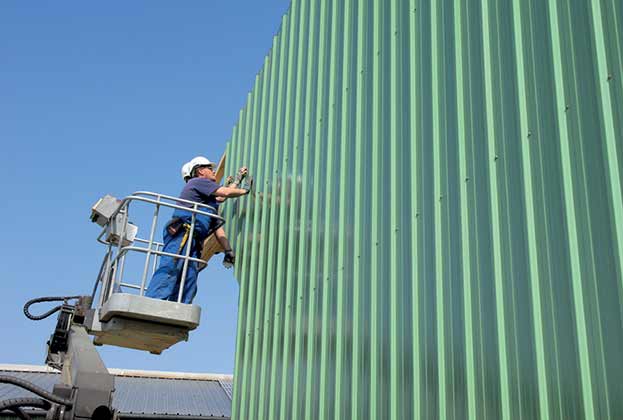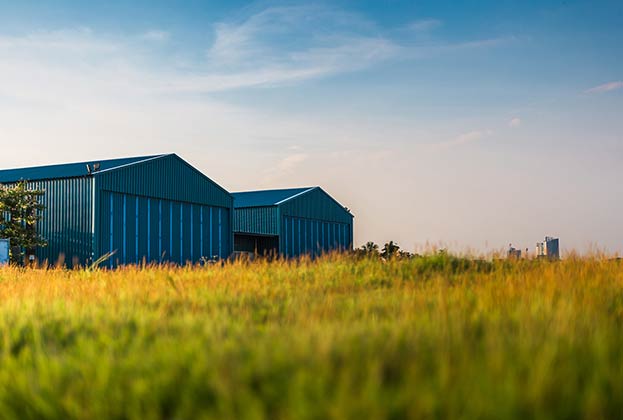An increased desire to relocate to the countryside brings a need for more local warehouse space
For many, life in lockdown has shone fresh light on to the compromises we make when living in cities. Demand for homes in rural locations has risen as preferences shift away from the convenience of urban life towards having a garden and space to work from home. Given the constraints of affordability, for most households, this will mean moving further away from big cities.
Demand for homes in rural locations has risen as preferences shift away from the convenience of urban life towards having a garden and space to work from home
Savills Research
However, we can’t expect the demand for convenience from those households to disappear entirely. Being able to click ‘proceed to checkout’ at breakfast and see a package arrive on your doorstep before dinner is taken for granted in cities. Demand for that level of service in rural locations is certain to rise as city dwellers move out to the countryside.
The results of our recent buyer survey (see chart, below) show a growing preference for larger, leafier homes. Around half our buyers, 49%, said they placed greater importance on having a garden than they did before lockdown, rising to 70% of buyers under 40, while 44% of our buyers said having a dedicated space to work from home was a higher priority for them now. That proportion rises to 61% for the under-40s.
However, that extra space comes at a cost – a cost that may not be affordable while also staying in the city. In 2019 the average home in London’s travel Zone 2 was worth £796 per sq ft; in Kent, that figure was just £324 per sq ft.
The households that are moving from dense urban areas to rural ones are younger than existing rural households. In fact, the average age of someone moving from an urban to a rural area is 40, which is 12 years younger than the average rural resident at 52.
The new rural residents are also more likely to be early tech adopters – 37% of households moving from urban to rural areas say that either they love new tech and buy all the latest gadgets on release, or that they buy new technology within six months of it launching. Those early adopters make up just 24% of rural households.
All this suggests that as younger, more tech-savvy households move out to the countryside, they will bring with them greater expectations for modern conveniences such as online shopping. The need for rural logistics space will rise to help service that additional demand.
In 2019 there were 64,732 homes built in rural areas. Early indications suggest migration from cities could be stimulated by the onset of Covid-19. In the absence of an official forecast, we have assumed that rural house building will rise by 10% per year over the next five years, which would mean that there would be an extra 356,000 homes in rural areas by 2025.
In turn, that would create a need for an additional 24.6 million sq ft of warehouse space in the same time period. This figure is driven by the fact that each additional household needs 69 sq ft of warehouse space to support it, according to the recent What Warehousing Where? report commissioned by the British Property Federation.
Examining the current levels of warehouse availability in the top 20 local authorities, which are expected to see rural housing demand increase, shows that there is a shortfall of almost five million sq ft. In more urban and established warehouse markets, this shortfall would typically be addressed by increased levels of speculative development. However, in these 20 local authorities, there is currently no warehouse space whatsoever under construction to add to the already limited supply.
Read the articles within Spotlight: Rural Logistics below.
.jpg)


